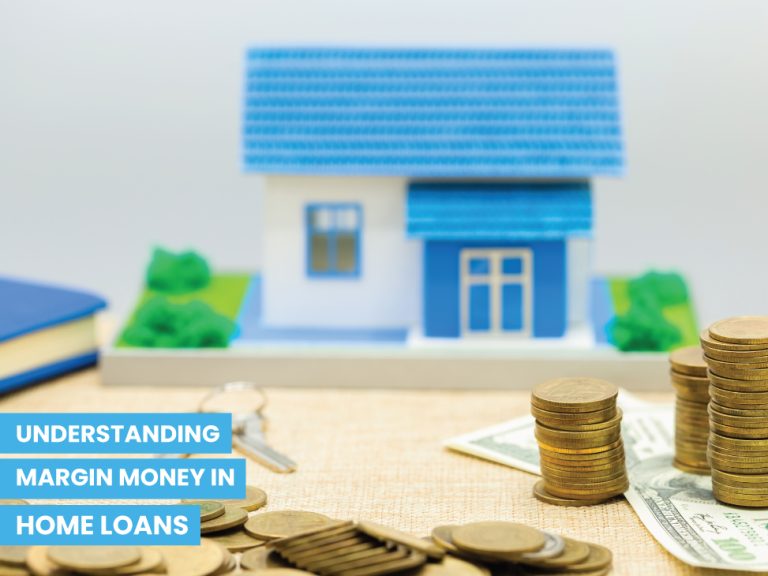Getting home loan is very BASIC now
Get a loan in under 5 mins

When it comes to buying a home, understanding the financial nuances is crucial. Among these, “Margin Money” plays a pivotal role in home loans. This blog demystifies what margin money is and its significance in the home loan process.
Table of Contents
Margin money refers to the amount that a borrower contributes from their funds towards the purchase of a property, while the rest is covered by the home loan. It’s essentially the down payment made towards the property’s total cost.
A margin money receipt is a document provided by a financial institution or broker, confirming the receipt of margin money, which is a partial payment or collateral deposited by an investor when taking a loan or entering into certain financial transactions. This receipt serves as proof of the payment made by the investor and is important for maintaining records and complying with regulatory requirements.
Suggested read: Notice of Intimidation
Risk Sharing: It represents the borrower’s stake in the property, ensuring that both the lender and borrower share the purchase risk.
Loan-to-Value Ratio: It affects the Loan-to-Value (LTV) ratio, which is the proportion of property value that the bank will cover. Higher margin money typically means a lower LTV ratio. In other words, the higher the margin, the lower the loan requirement, and vice versa.
Loan Eligibility: The amount of margin money can influence your loan eligibility and terms offered by the lender.
The margin is calculated as a percentage of the total cost of the property. For instance, if a property is valued at ₹1 crore and the bank’s margin requirement is 20%, the borrower will need to contribute ₹20 lakhs as margin money.
Suggested read: Buying a Resale Flat
Margin money is a critical component of home loan financing. It represents the borrower’s commitment to the property and influences various aspects of the loan. Understanding and effectively planning for margin money can lead to a more favorable loan experience and financial stability in the long run.
The margin money required for a home loan typically ranges from 10% to 25% of the property’s value, depending on the lender’s policy and the loan amount.
Margin money can be arranged through personal savings, funds from family or friends, or a loan against assets like fixed deposits, stocks, or mutual funds.
Margin requirement in a loan refers to the percentage of the total loan amount that the borrower must pay from their own funds, with the rest being financed by the lender.
Margin loans are risky as they can amplify losses if the market value of the collateral (like stocks) falls, potentially leading to a margin call where the borrower must deposit additional funds or securities.
To pay off a margin loan, you can either sell securities in your margin account to cover the loan amount or deposit additional cash or securities to reduce the loan balance.
Published on 17th January 2024